Boeing Ramps Up 737 MAX Production as Safran Signals Recovery in Aerospace Supply Chain
After years of scrutiny and production halts triggered by safety concerns, including two fatal crashes and a more recent mid-air incident involving a door plug on an Alaska Airlines aircraft, Boeing $BA is gradually regaining operational momentum. The narrow-body 737 MAX program, once a symbol of crisis in the aerospace industry, has now reached a regulated production pace of approximately 38 units per month — a figure close to the cap set by the Federal Aviation Administration (FAA) following quality assurance reviews.
This production uptick was confirmed by Safran $SAFRF, a key engine supplier and aerospace manufacturer, during its annual shareholders meeting. According to CEO Olivier Andriès, Boeing's production environment has become "more dynamic," signaling an inflection point not just for Boeing, but for the broader aviation supply chain, especially in narrow-body commercial jets.
Implications of a Stabilized Production Profile
Safran, in partnership with GE Aerospace through the CFM International joint venture, manufactures LEAP engines — the exclusive powerplant for the Boeing 737 MAX. The same engines compete directly with Pratt & Whitney’s offerings on Airbus’s A320neo. As demand rebounds post-COVID and airlines push to renew their fleets, manufacturing capacity, engine supply reliability, and regulatory alignment have become key determinants of market competitiveness.
While Boeing's current output remains under FAA scrutiny, the ability to consistently deliver at near-limit levels suggests operational stabilization. This is particularly relevant amid global supply chain pressures and reputational repair efforts following repeated production and safety lapses. For Safran, this environment supports increased engine deliveries and reinforces its long-term visibility in the narrow-body jet segment.
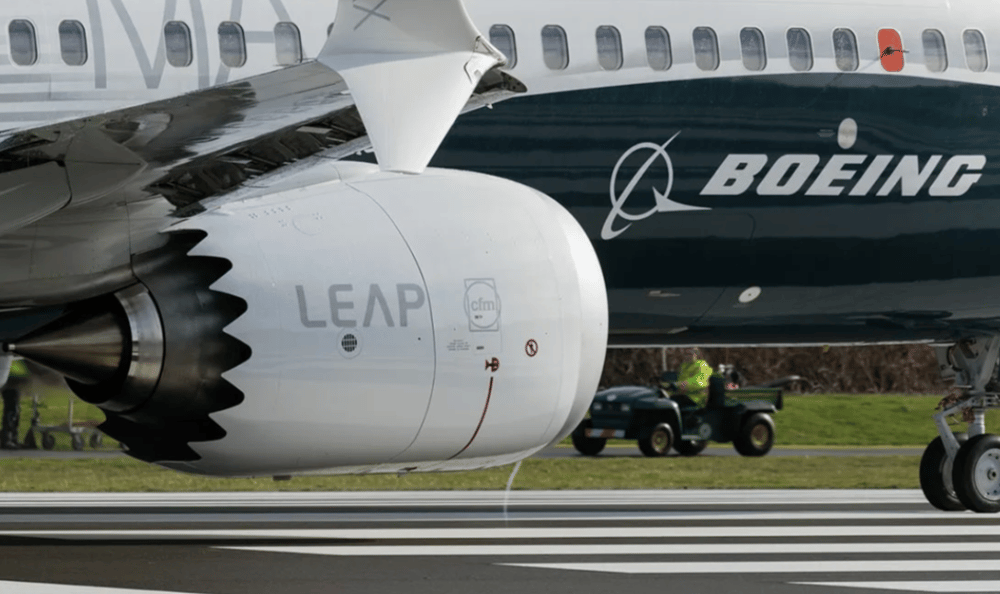
Key Facts
Boeing 737 MAX is now produced at a rate of ~38 aircraft per month (FAA cap-compliant)
Safran and GE Aerospace supply all 737 MAX engines via CFM International
CFM LEAP is the best-selling engine in the commercial jet segment
Production ramp-up follows a mid-air incident on an Alaska Airlines 737 MAX in 2024
Airbus A320neo remains a direct market competitor powered by Pratt & Whitney and CFM LEAP engines
Market Reactions and Strategic Commentary
Industry stakeholders have reacted cautiously optimistic. Aerospace analysts note that the regulated pace of 737 MAX assembly reflects a strategic recalibration rather than a return to pre-crisis scale. Investors in Boeing, Safran, and GE Aerospace have responded with moderate confidence, driven by improved delivery reliability and the normalization of supplier relationships.
The narrow-body jet market, dominated by the Boeing-Airbus duopoly, is experiencing resurgent demand. Airlines seek fuel-efficient models amid high jet fuel prices and environmental compliance mandates. Engine manufacturers like CFM International are poised to capitalize, provided that logistics and materials bottlenecks remain controlled.
The key risk remains regulatory. The FAA’s oversight and global aviation authority alignment (notably with EASA and CAAC) will continue to shape production scalability. However, Safran’s recognition of a “more dynamic” operational tempo at Boeing suggests growing confidence within the supplier network.
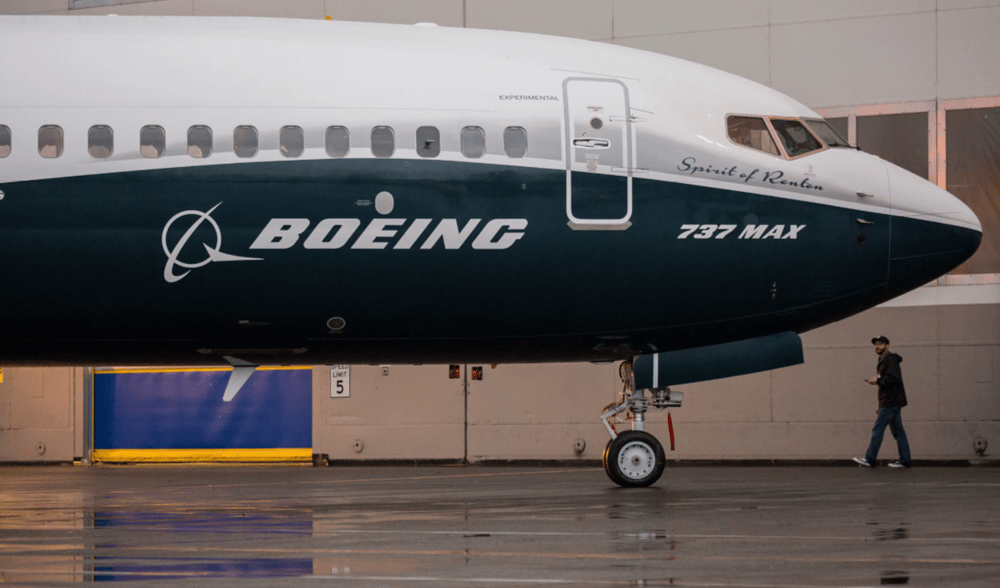
Key Strategic Points
Regulated Expansion: Boeing’s FAA-capped production of the 737 MAX reflects cautious scaling under regulatory oversight.
Supply Chain Synchronization: Safran’s public affirmation indicates alignment across tier-1 suppliers and subassemblies.
Market Positioning: The LEAP engine continues to lead in market share versus competitors in the narrow-body segment.
Investor Sentiment: Positive but measured, with a focus on operational continuity and risk mitigation.
Fleet Renewal Tailwinds: Airline demand for newer aircraft supports volume growth for Boeing and engine suppliers.
A Measured Recovery for Boeing and Its Global Suppliers
The aerospace industry remains in a state of cautious rebuilding, and Boeing’s return to near-maximum 737 MAX production levels marks a key milestone. While challenges related to safety perceptions and regulatory trust persist, signs of operational consistency are emerging. The statements from Safran's leadership affirm that supplier confidence is recovering, echoing broader signals from the aviation ecosystem.
For stakeholders across manufacturing, engineering, and aviation finance, Boeing’s incremental rebound — supported by Safran and GE’s robust engine partnership — suggests a recalibrated, compliance-first growth trajectory. In a sector where reputation and reliability are paramount, such measured advances may prove more sustainable than aggressive pre-crisis expansion strategies.


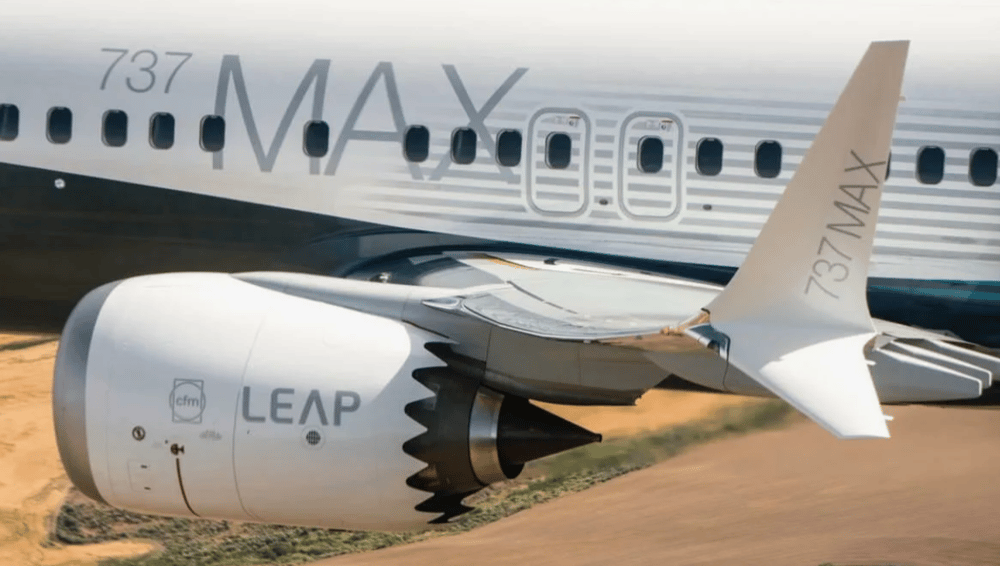

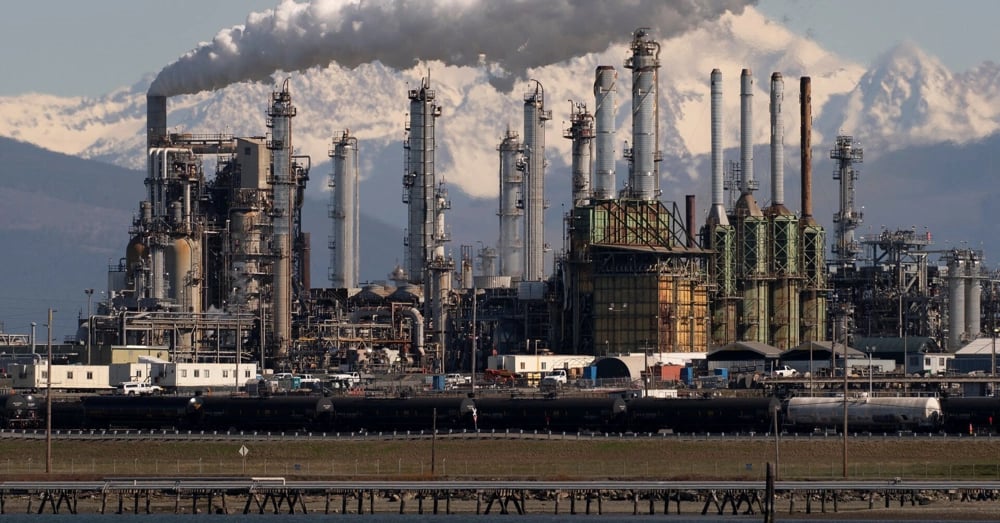




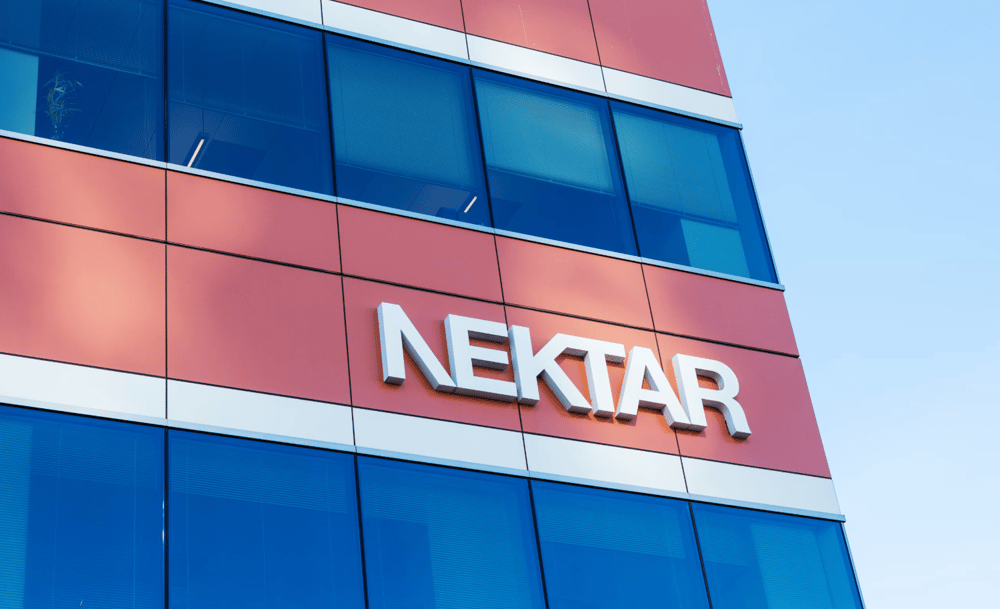
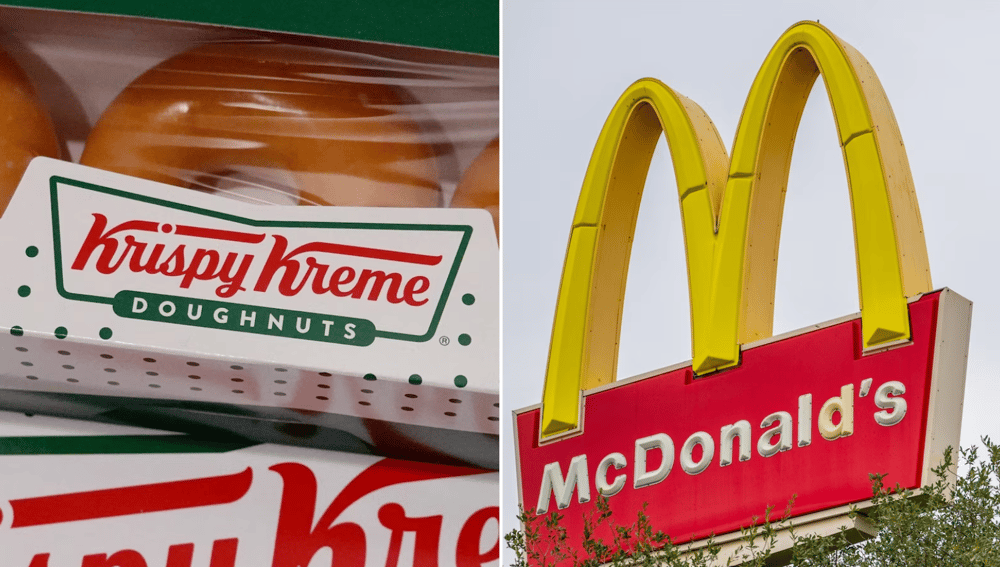
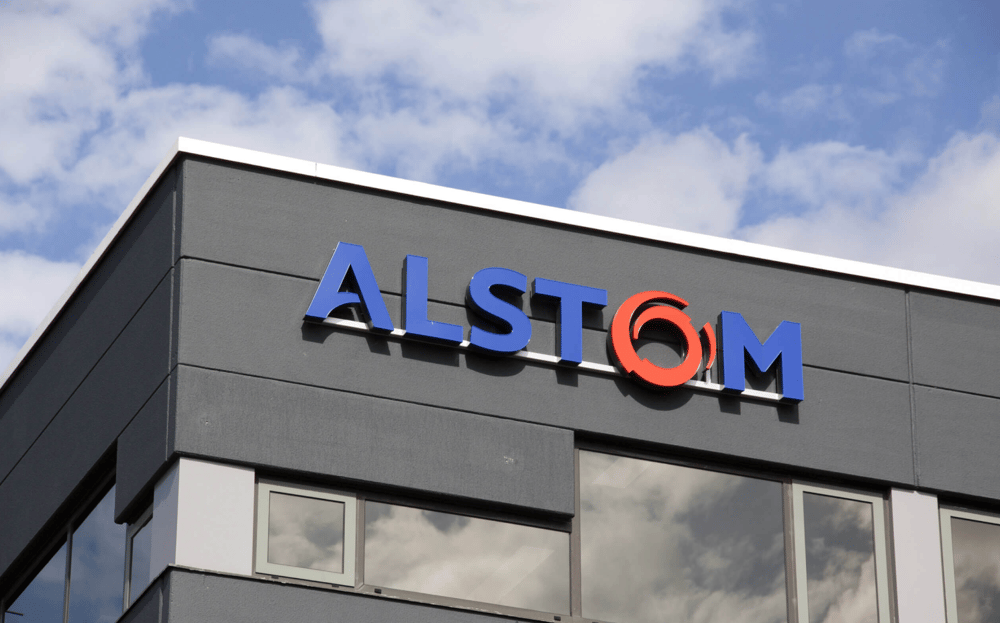
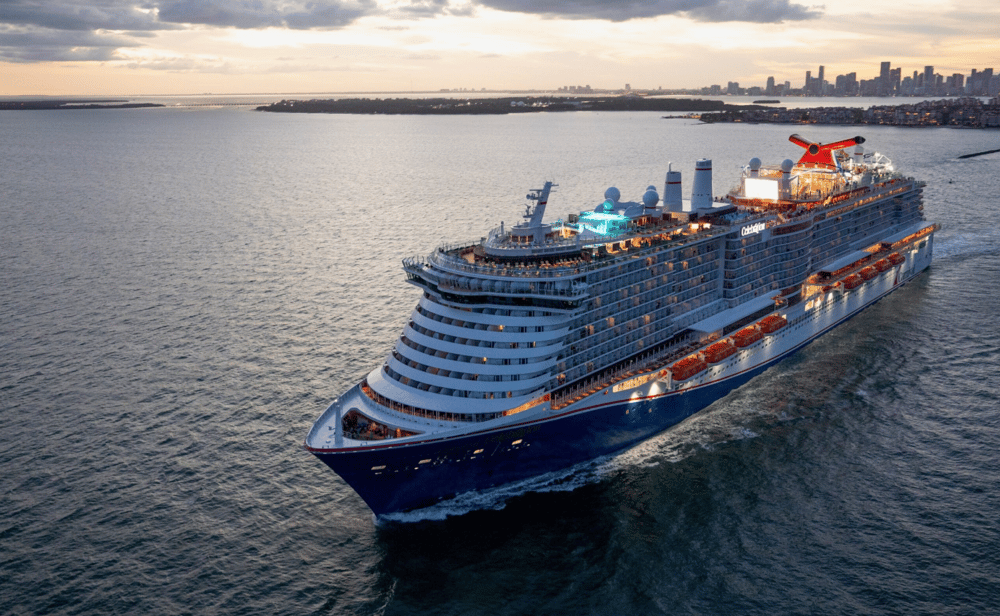
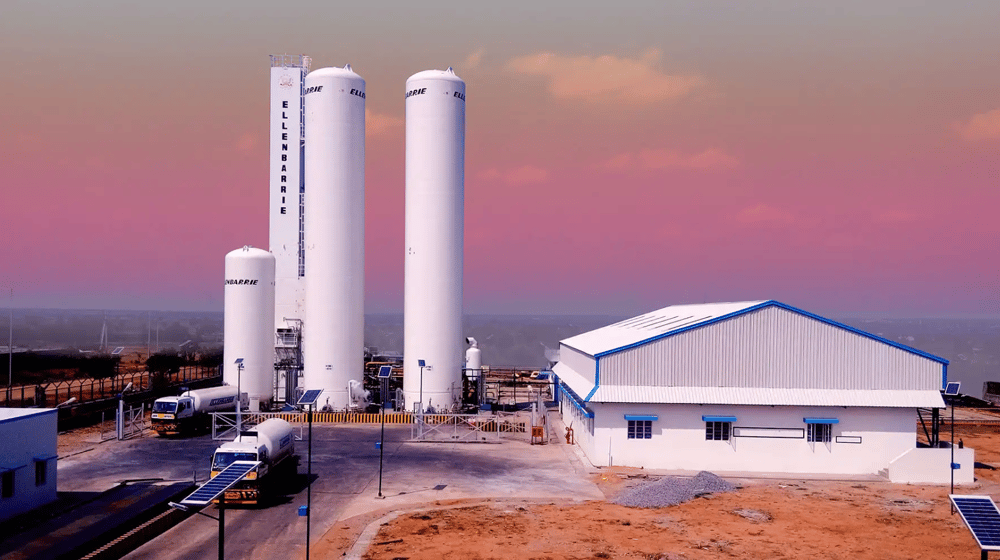

Comments
This sale could set the stage for a new era of automation-led innovation in tech
This reflects growing confidence in automation as a foundation for sustainable tech growth